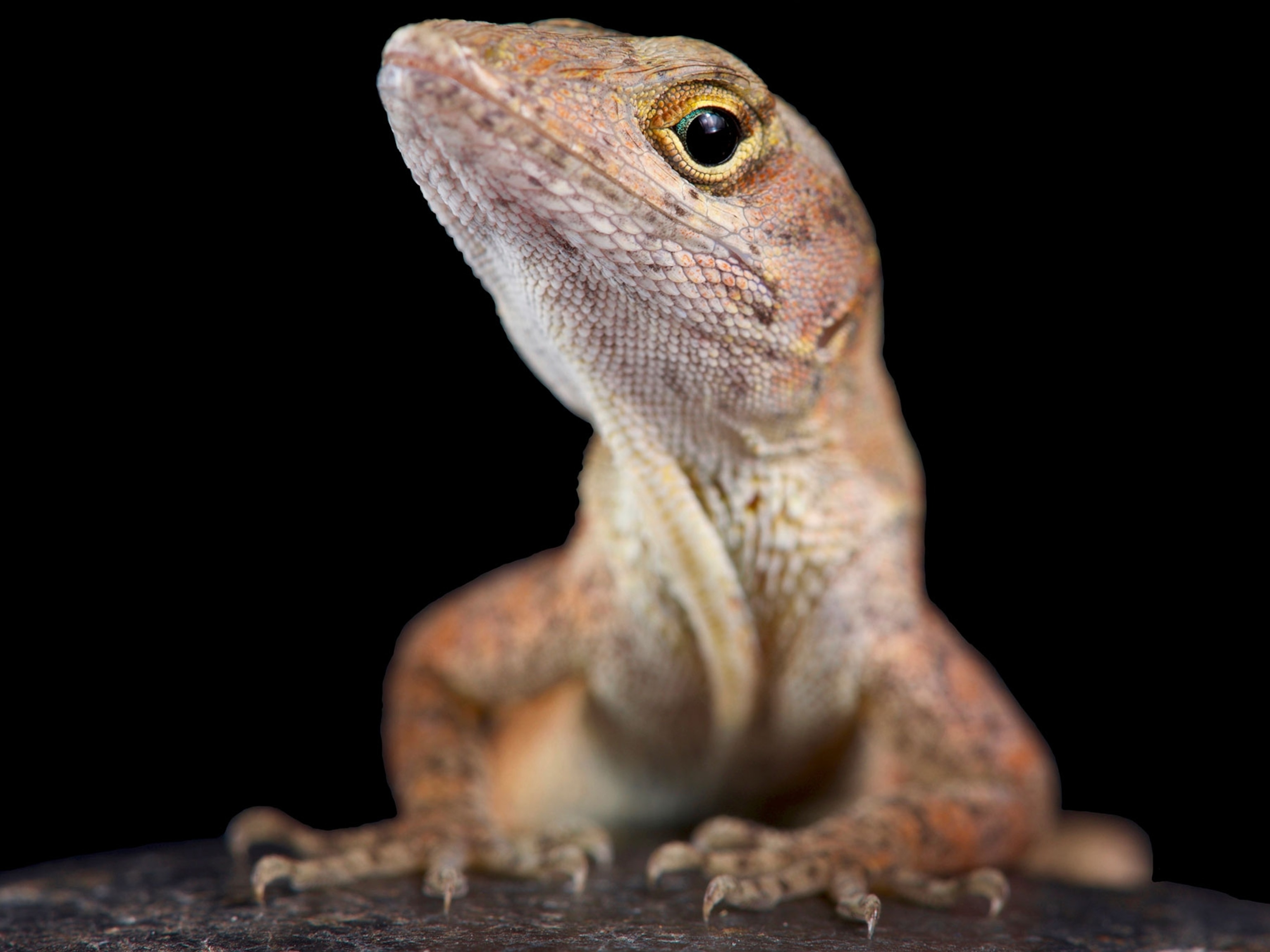The vast majority of animals need to breed to reproduce. But a small subset of animals can have offspring without mating.
The process, called parthenogenesis, allows creatures from honey bees to rattlesnakes to have so-called “virgin births.”
Such events can shock those who care for the animals. Examples include a zebra shark named Leonie, housed with other female sharks at Australia’s Reef HQ Aquarium, who stunned her keepers in 2016 when three of her eggs hatched into living pups.
A few years earlier, at Louisville Zoo, a reticulated python named Thelma—who had never even seen a male python—laid six eggs that developed into healthy young snakes. And in 2006, at England’s Chester Zoo, a Komodo dragon named Flora achieved a similar feat, puzzling keepers.
Parthenogenesis comes from two Greek roots that literally translate to “virgin creation.”
How it works
Sexual reproduction involves two ingredients: an egg cell and a sperm cell. Each provides half the genetic information necessary to create a living organism. But in parthenogenesis, the body finds a unique way of filling in for the genes usually provided by sperm.
Ovaries produce eggs through a complex process called meiosis, where the cells replicate, reorganize, and separate. These eggs contain only half the mother’s chromosomes, with one copy of each chromosome. (These are called haploid cells; cells that contain two chromosomal copies are called diploid cells.)
The process of meiosis also creates a byproduct: smaller cells called polar bodies, distinct from the fertile egg. In one version of parthenogenesis called automixis, an animal can merge a polar body with an egg to produce offspring. This process, which has been documented in sharks, slightly shuffles the mother’s genes to create offspring that are similar to the mother but not exact clones.
In another form of parthenogenesis, apomixis, reproductive cells replicate via mitosis, a process in which the cell duplicates to create two diploid cells—a kind of genetic copy-and-paste. Because these cells never undergo the gene-jumbling process of meiosis, offspring produced this way are clones of their parent, genetically identical. This form of parthenogenesis is more common in plants.
For most organisms that reproduce the first way, through automixis, the offspring typically gain two X chromosomes from their mother. Two X chromosomes, the primary sex-linked genetic storehouse, give rise to only female offspring.
But on rare occasions, animals such as aphids can produce fertile male offspring that are genetically identical to their mother except for lacking a second X chromosome. These males are usually fertile, but because they are only able to produce sperm containing X chromosomes, all their offspring will be female.
Creatures big and small
For millions of years animals have reproduced via parthenogenesis, which first emerged in some of the smallest, simplest organisms. For more advanced animals like vertebrates, scientists think that the ability to reproduce asexually came about as a last-ditch effort for species facing adverse conditions. That may explain why parthenogenesis is possible in so many desert and island species.
Most animals that procreate through parthenogenesis are small invertebrates such as bees, wasps, ants, and aphids, which can alternate between sexual and asexual reproduction.
Parthenogenesis has been observed in more than 80 vertebrate species, about half of which are fish or lizards. It’s rare that complex vertebrates such as sharks, snakes, and large lizards rely on asexual reproduction, which is why Leonie and others initially stumped scientists.
Because it’s challenging to track how often parthenogenesis happens in the wild, many “firsts” in asexual reproduction are seen in animals in human care. For vertebrates, whether in the wild or in captivity, these “virgin births” are rare events triggered by unusual conditions.
No mammals are known to reproduce this way because unlike simpler organisms, mammals rely on a process called genomic imprinting. Like a molecular stamp, imprinting labels which genes are from mom and which are from dad. For mammals such as humans, this means that certain genes are switched on or off depending on the contributing parent. If there were only a single parent, some genes would fail to activate altogether, making viable offspring impossible.
However, parthenogenesis has been experimentally induced in several mammals, including rabbits.
Solo survival strategy
In some very rare cases, animal species reproduce via parthenogenesis exclusively. One such species is the desert grassland whiptail lizard, all of which are female.
In certain insects, salamanders, and flatworms, the presence of sperm serves to trigger parthenogenesis. Sperm cells launch the process by penetrating the egg, but the sperm later degenerates, leaving only the maternal chromosomes. In this case, sperm only sparks an egg’s development––it makes no genetic contribution.
The ability to reproduce asexually allows animals to pass on their genes without spending energy finding a mate, and so can help sustain a species in challenging conditions. If a Komodo dragon arrives on an uninhabited island, for example, she alone could create a population through parthenogenesis.
However, because every individual would be genetically identical, Komodo dragon mothers and their daughters would be more vulnerable to disease and environmental changes than a genetically-varied group. In areas of New Mexico, for example, some populations of female whiptail lizards share nearly-identical genetic profiles.






